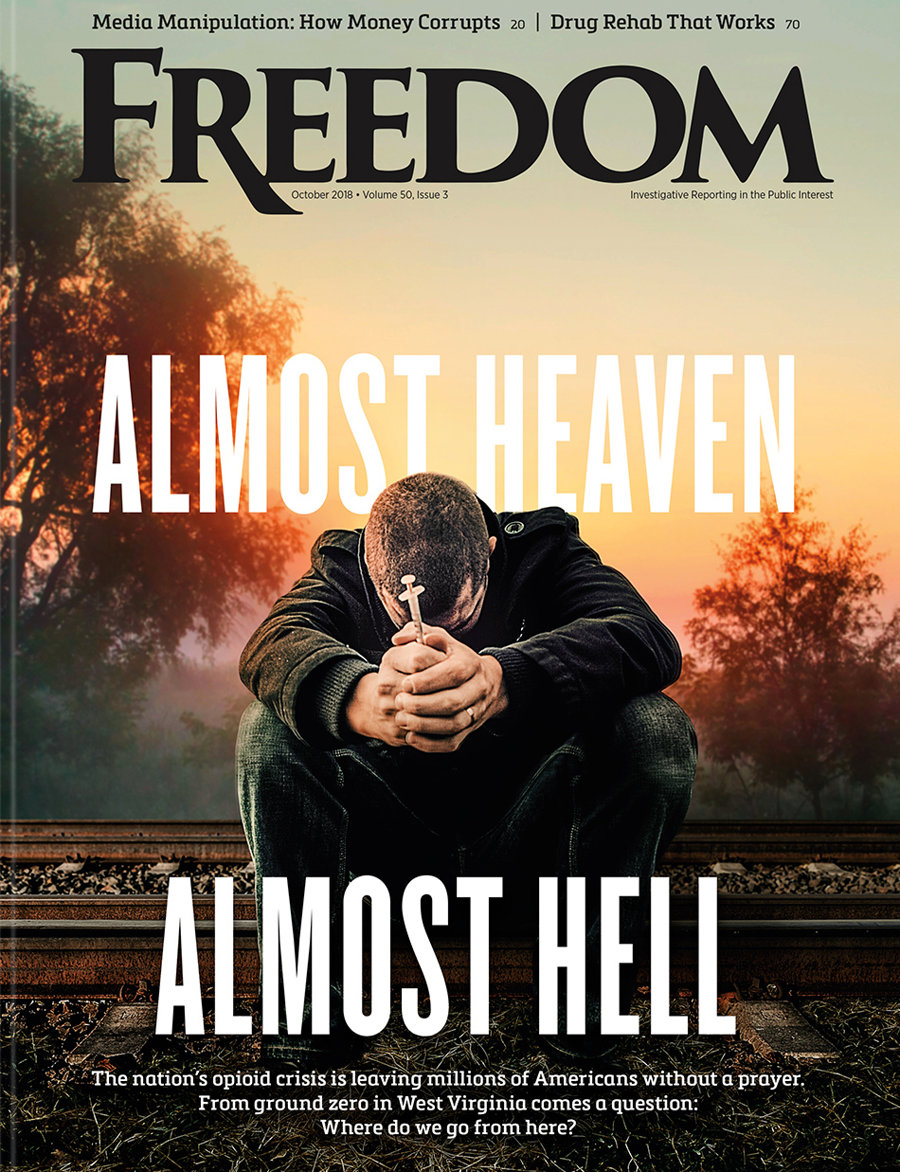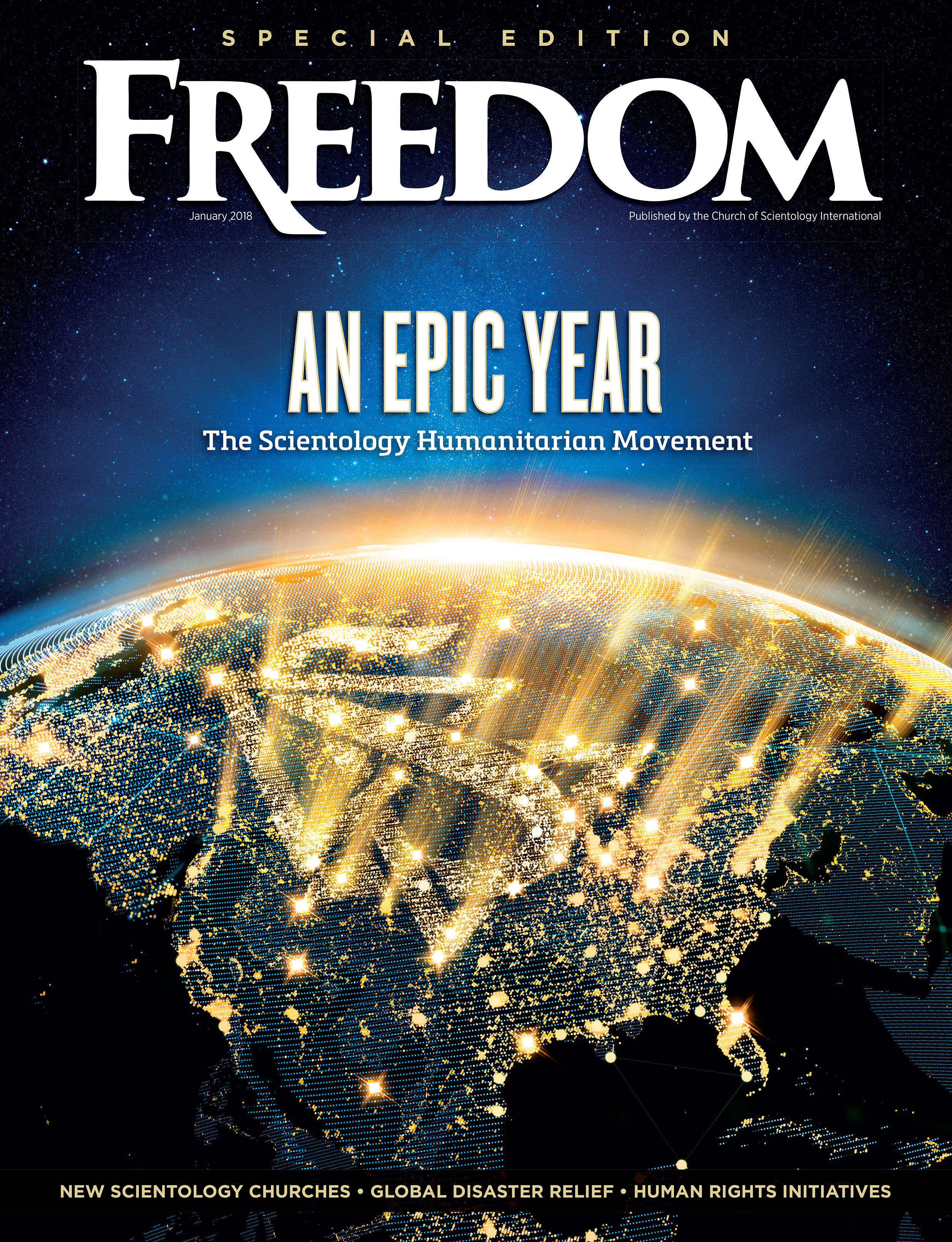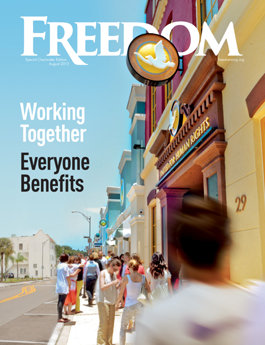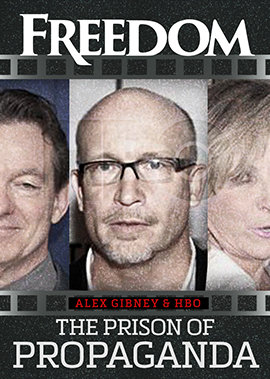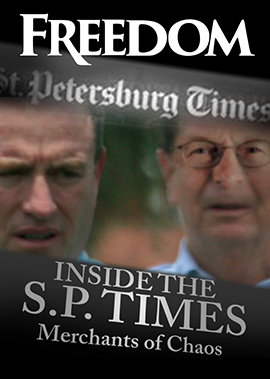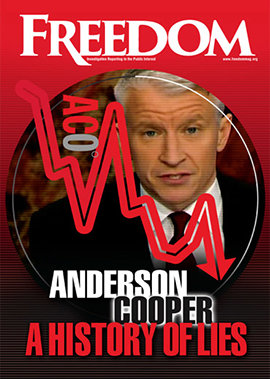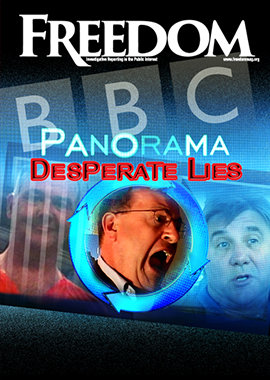
Reverend Shadrack Lekoana, a man of God himself, was also sorely tested in the crucible of his native South Africa—where 55 percent live in poverty, where over 32 percent are unemployed and where, as the country’s unanswered woes increased, so did the number of empty pews in the nation’s houses of worship. According to the latest data to hand, in 1996 there were 4.6 million people who said they had no religious affiliation. Within just five years, that number increased by nearly half again to 6.7 million. And that’s why Reverend Shadrack embarked on a successful campaign to restore his nation’s empty church pews with the real-world solutions outlined in The Scientology Handbook.
Finding Faith and Hope Amid a Cycle of Poverty and Despair
As a minister or pastor, how do you counsel a family needing to know where its next meal is coming from, or a young man in the throes of drug addiction, or a man who has just lost employment and has no prospects? Around South Africa, church leaders of all denominations shared one problem: after preaching a sermon on the Bible, the pastor would then face a line of people wanting help—not on how to better prepare for the hereafter, but on how to successfully apply for a job; not on how to save their soul, but on how to save their child from the scourge of drugs infesting their community.
Week after week, people would ask, weep or pray for help and week after week, churches lost members because answers to their prayers were scarce, and parishioners were losing faith.
Solutions to the Biggest Problems Facing South Africa’s Poor
Reverend Shadrack, now the subject of a Scientology Network Voices for Humanity episode, knew his people’s pain all too well—he had lived it. “We were very poor,” he remembered. “And sometimes we didn’t eat. And I ended up seeing other people, children going to a dumping area where the bigger shops were throwing away everything that was expiring in the fridge. So they were collecting the meat, trying to survive.”
Now as a grown man charged with the spiritual destiny of his flock, he faced a dilemma: how to effectively meet the needs of his community. There had to be some connecting strand between the promise of heaven and the demands of Earth. “The suffering of the community touches me a lot,” Shadrack said, and he was determined to find a solution within the framework of the spirit.
It was then that he met Reverend Sandile Hlayisi, a minister of the Church of Scientology in South Africa. Reverend Hlayisi introduced him to The Scientology Handbook, a compendium of practical solutions to drugs, criminality, oppression, marital problems and a host of others—19 chapters in all, and each chapter with a corresponding online course, empowering the reader to apply its principles to his or her particular challenge.
Shadrack immediately saw the possibilities. “Nineteen chapters that we can [use to] remedy our communities, remedy our family, remedy the whole region, the whole country. It is a very valuable book. It is an injection of healing, of bringing life back, of bringing light to those who are living in the dark.”
Preaching 19 Solutions in Harmony With Scripture
Shadrack read the book, did the courses, and applied what he had learned to his own congregation, finding that he now had tools that answered the prayers of his people. “I started to realize that The Scientology Handbook is actually aligned or it is moving concurrently with the Word of God. It isn’t a book that is against our doctrine. It, in fact, augments it. Hence, I use it in my preachings.”
As the attendance began increasing at his Uniting Reformed Church, Shadrack realized that the same could happen with other churches as well. He said, “After reading and after completing my 19 courses, it makes me think deeper about the divisions that we have in our communities, in our churches, concerning the differences that we have.”
Inspired, he went door-to-door speaking to ministers, discussing their calling, the purpose of the church in the community, the purpose of ministering in the community and the vision that they all share in the end.
The Empowerment Seminars were born.
At the Church of Scientology’s Castle Kyalami on July 5, 2019, 60 pastors discovered that, although their beliefs may differ, they were united in their commitment to helping their people. They came away not only impressed but now each armed with The Scientology Handbook.
Real Solutions Help the Church and Churchgoers Grow Together
Of the Church of Scientology’s Empowerment Seminar, the Bishop of the Enyonini Ministries said, “This is the only church where we learn more.”
Pastor Phumzile Mdluli of the Believers in Christ Church put it this way, “We are good in preaching, but when it comes to the workshop and how to lift the standards of life, we need more—I’ve learned about the solutions today, how to identify and how to deal with the solutions.”

Prudence Mdaba of the Women In Motion Organization said, “They have given me a better insight about people. I’ll be able to teach them things that they never knew about themselves and I feel it will help me empower people.”
The Empowerment Seminar restored hope to ministers that they could rekindle their congregations, and word spread. A second seminar, with more attendees was soon held, then another with nearly half a thousand religious leaders for what had now become a movement of many different religions coming together under the banner of help: The All Nation Methodist Church of God, the Seventh-Day Adventist Church, the International Blessing Church, St. Khanani Faith Apostolic Church, New Beginnings Christian Church—the list goes on and on.
Results That Make a Difference—By the Numbers
To date, 3,260 religious leaders have been empowered, and two and a quarter million souls have been touched by one or more of the practical teachings of The Scientology Handbook and, with a more than 60 percent increase in attendance, the “in” place to be in South Africa is church, thanks to Reverend Shadrack Lekoana and his friends.
As Reverend Shadrack puts it, “As a church, we are called to change the lives of the people, to bring back the people to the light. And as the church, we need to have the tools that will help us to reach our goals—that will help us to accomplish the purpose of our creation on this planet. We are called to see to it that there is a light in the dark. And we need to have the tools that will enable us to reach or to take these souls to the light.”






